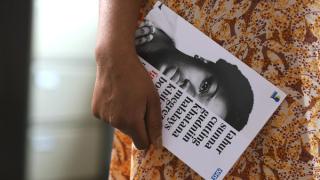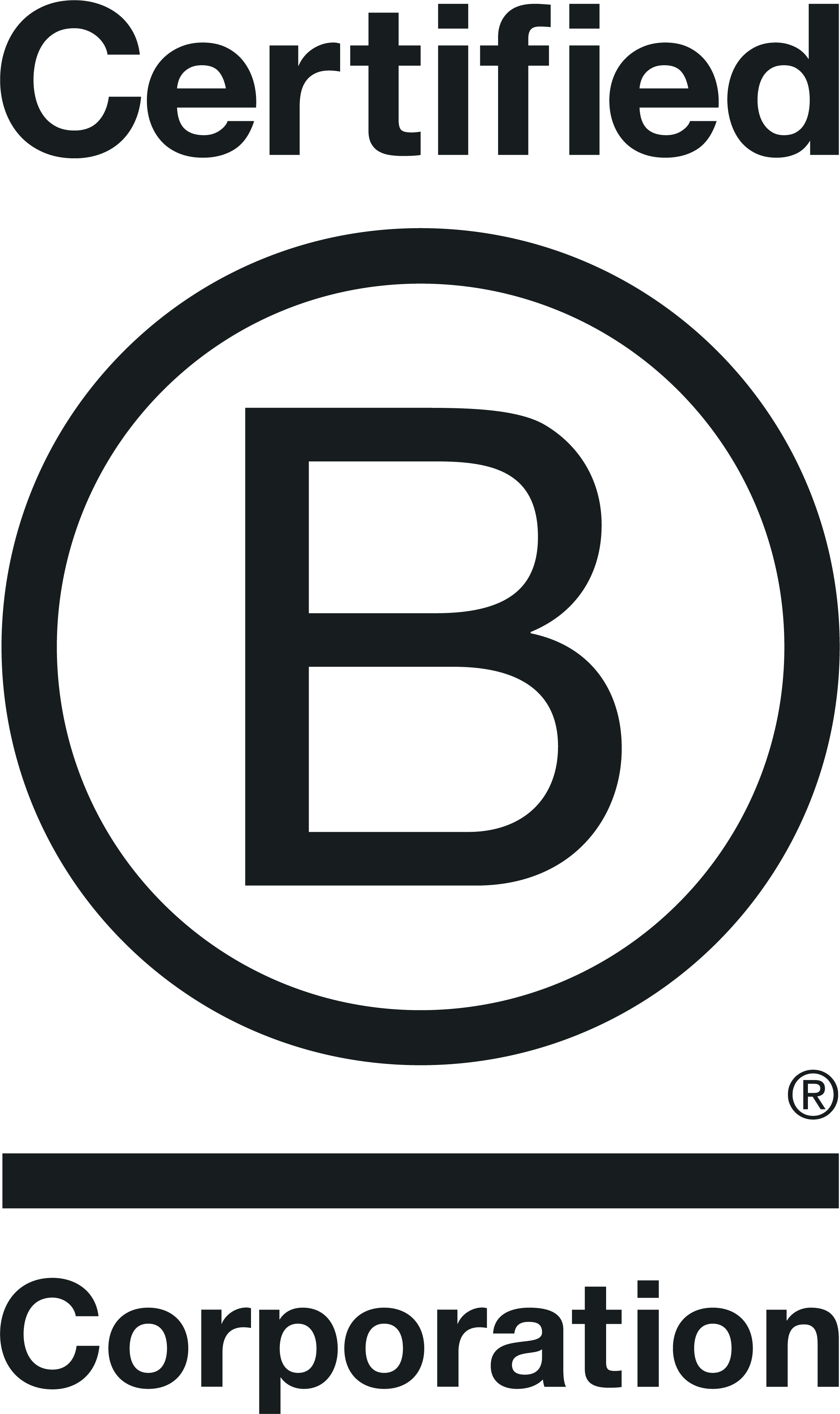A Q&A with ThreeTenSeven's MD Rachel Cook and MediaCat, into our challenging campaign to increase awareness of FGM. Read the full article or dive in below:
Hi Rachel, thanks for taking the time to chat. Your agency specialises in health and wellbeing. Can you give us a brief overview of what Thompson does?
In a nutshell, we’re a brand consultancy, specialising in working with health and wellbeing focused organisations. We use brand strategy, designs and ideas to position brands for maximum success, and help them tackle challenging problems and subject matter in innovative ways.
It feels like an interesting and growing area, particularly in the last few years. Are there any notable projects you’ve worked on you’d like to highlight, and why those?
Love Your Vulva. We worked with the sexual health charity Brook, who teamed up with Canesten, an intimate health brand. They delivered a revolutionary campaign for young women in universities, to help them learn to love their vulvas and get comfortable talking about pleasure. Importantly, this campaign promotes vulva health awareness — and how women can spot vulva health concerns.
We also worked in partnership with Mind and The Royal Foundation, along with many high profile partners on Mental Health at Work, a first of its kind project. We wanted to create a resource that responded to evidence about the shocking state (and cost) of poor workplace mental health. This 12-month project included 3 rounds of testing across the UK with many users. It really catapulted our knowledge of workplace mental health and behaviour change in the workplace, as well as starting a long-standing relationship with the wonderful charity Mind.

Your work with Blossom Clinic NHS Leeds is striking. What was involved? What kinds of challenges did you have, and did they teach you anything about how you approach your work?
The biggest challenge is the secrecy and shame that surrounds the practice of FGM (female genital mutilation). It’s illegal in the UK, so girls are often forced into silence or taken abroad for the procedure. At all time, women who have suffered FGM are pressured to keep what’s happened to them a secret by their families. To them, because it is a ‘cultural norm’, speaking out against it would be a betrayal. We also discovered that victims are most often cut as babies, or under the age of five. This means that they’re often not even aware of what has happened to them, nor what ‘normal’ is. With no one to ask for help, they are left unsure of why they experience pain and discomfort.
A challenge we faced during this campaign was the variety of cultures and languages involved. Many of the women who are victims of FGM emerge from African and Middle Eastern countries. Communicating with such a diverse group was made possible by working with a brilliant woman, Hawa, who is a survivor of FGM, who acted as our mouthpiece and often as a translator. We did all that we could to be clear, relatable, and respectful in how we spoke, the language we use, and the team we chose for the project. We presented our campaign in multiple languages, ensuring the tone of voice was empathic, sensitive, non triggering, in order to reach as many women as possible.
How do you approach work of a sensitive nature? Obviously carefully, but is there any insight you can give other creatives who might be facing similar challenges?
Never try to guess what your audience is thinking — it’s all about real users. It’s essential you engage with real users, early and frequently. Accept that this can often be hard and it will take longer than you might like, and that you’ll need to speak with them more than once, too.
Aim to select a project team with lived or shared experience, even if that means bringing in external help. Remember, you’re going to have to ask hard questions — and that means making sure you have got a team on the project who can be truly sensitive and empathetic, rather than just the people who have capacity to work on the project.
Finally, before engaging with users, you’ve got to Do The Work. Don’t ask users to educate you on the topic — it’s your responsibility to learn before you speak with users, and come into the conversation ready to ask decent questions about their views, and not expecting a cultural or history lesson.

What made you settle on this particular creative solution?
We needed instant impact without being graphic or scaremongering, so we stripped back the visual style, specifically in the colour and the layout. It majors on the line “talking is healing”, and uses a simple, impactful visual style to really highlight that line. We also photographed women who had survived FGM, working with a photographer, Ejatu Shaw, who has close connections to the cause. The photography is raw, direct and its treatment pretty brutal, with the women quite literally cut in half. It’s all about zeroing in on what really matters — encouraging women to seek help.
Following the launch, what feedback did you receive from survivors and community members where FGM is practised?
It’s been a real talking point already. And when we photographed and filmed some of the women, they said that’s exactly what was needed. It’s so difficult to speak about FGM, but these women felt that they needed to do something, to speak up, to play their part in making a change. Giving these women a platform was rewarding and we’re really pleased that it’s already paying off.
Aside from the initial impact of the launch, is there anything you’d like to see happen in terms of behaviour change for this community and its survivors? Are there any plans to keep things going beyond launch?
Obviously we’d like to see more women coming forward to get help from the clinic — that’s the main objective of the campaign. But beyond that, we hope the campaign will open more conversations around FGM and bring survivors together. Because only by talking about FGM and having the courage to speak out against it can we hope to see an end to this brutal practice. The campaign also has an educational component with advocates going out into the community, to schools and so on, to talk about FGM. We’ve provided support materials for this programme, and hopefully this outreach work will help to keep the momentum going.
Finally, what else are you working on? Anything coming up you think might be culturally interesting to our readers and audience?
Right now, we’re working on an online contraception tool for our friends at Brook. It’s designed to direct users, primarily young users, towards the right contraception options for them. The recommendations are based on their responses to a series of questions about their sexual life and history.




